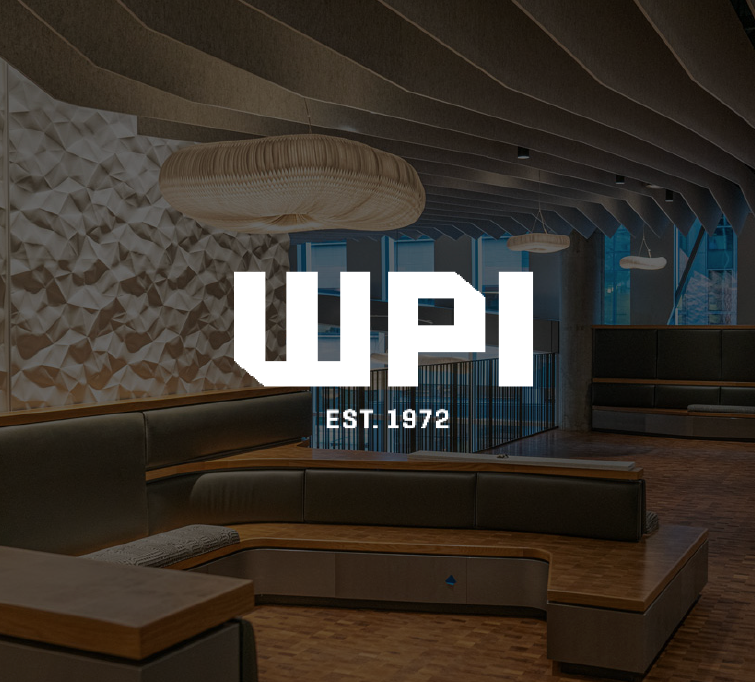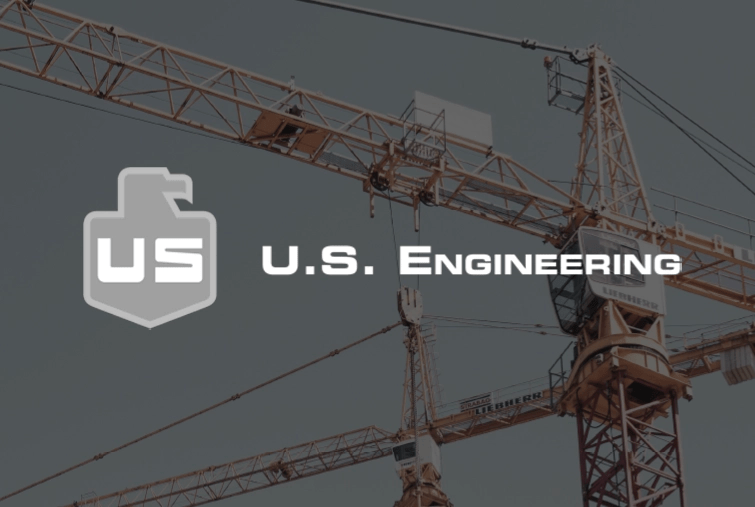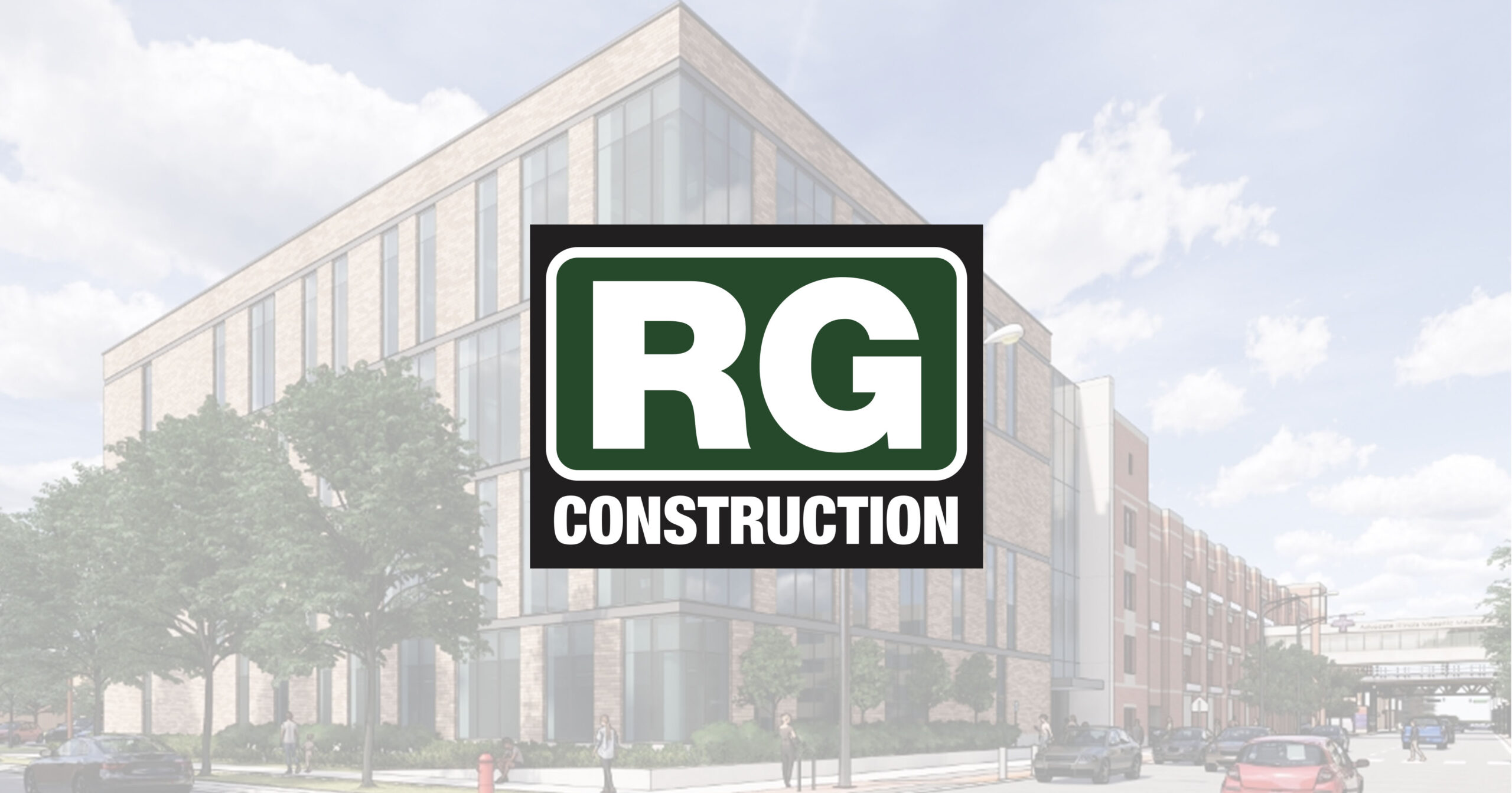The Specialty Contractor Engaged OpenSpace for a 35-Story, 5-Star Hotel Project
Western Partitions is one of the largest and most reputable interior and exterior contracting firms in the western United States. Founded in 1972 and headquartered outside of Portland, OR, Western Partitions provides specialty contracting services in multiple sectors, including commercial, education, entertainment, healthcare, hospitality, and public works.
In 2020, Western Partitions won a bid for a large hotel project and was contractually required to provide photo documentation of site conditions before closing up any walls. Given the scale of the project, the company turned to OpenSpace to automate its documentation process. Teams quickly saw that the technology was delivering significant value beyond the initial use case.
Read this case study to learn how, working with OpenSpace, Western Partitions has avoided thousands of dollars in chargebacks and rework, improved trust and coordination with GCs and other stakeholders, achieved dramatic time savings, and benefited from more accurate progress tracking.
Goal: Provide Detailed Photo Documentation to Fulfill Contractual Obligation
Oregon-based Western Partitions is one of the largest and most reputable specialty contractors in the western US. In 2020, they won a bid to work on a new hotel in Portland, Oregon, which they call the Block 216 project. Their scope includes metal stud framing, drywall, insulation, acoustical ceilings, spray-applied fireproofing, resistive firestopping and hollow metal door frames for the 35-story, mixed-use building, which is scheduled to open in Summer 2023.
As part of their contract, the company is required to take photos of site conditions before closing up any walls.
“We’ve previously been required to submit photo documentation, but we’re talking 35 stories and 24 units per story,” said General Project Foreman Zach Gabrielse, who helps oversee a crew of 120+ people on Block 216. “It’s mind-boggling how much rinse and repeat that is.”
Taking one-off still photos in the field wasn’t practical, since it would have consumed an inordinate amount of time and resources. Neither was using other software, which also would have entailed capturing thousands of still images and videos with an iPad in the field. (Western Partitions teams have previously used other software to document data center projects with rigorous QA/QC requirements, but the Block 216 project is significantly larger than any of those.)
“We shopped around to see how we could automate this, and, thankfully, we came across OpenSpace,” Gabrielse said.
Strategy: Leverage OpenSpace for Photo Documentation at a Massive Scale
Gabrielse has found OpenSpace to be fast and intuitive to use–all the person capturing needs to do is strap a 360-degree camera to their hard hat and walk, and OpenSpace captures in the background and pins imagery to the floorplan. He noted that it had recently taken him only 18 minutes to walk an entire floor, encompassing 24 units.
“It’s set-it-and-forget-it,” he said. “You walk the floor, and it captures from every angle so you don’t have to worry about getting the right shot. It’s awesome.”
OpenSpace has been beneficial for internal coordination, since people in various roles can refer to captured imagery if they forgot to walk a specific area when they were on-site. (The technology is also being utilized on a project in New Mexico.)
It also helps improve trust and communication with the GC while helping to avoid rework. For example, in one instance, another trade partner said Western Partitions had forgotten to frame an access panel. Western Partitions was able to pull up a photo to show that no layout was ever indicated, avoiding a hefty chargeback. They’ve also been able to alert GCs to instances when other subcontractors have caused trade damage, such as bending a door frame with a forklift.
“We send the images to the GC (who also uses OpenSpace) to show that we’re always doing our due diligence,” he said.
It literally paid for itself in the first third of this job’s duration. Anything from now on is protecting our bottom line.
Results: A Single Source of Truth that Mitigates Risk and Delivers Savings
Going forward, Gabrielse hopes to use OpenSpace on every project—of any size. Along with Block 216 colleagues, he’s currently pitching OpenSpace to the corporate team in the hopes of it becoming “a tool in the toolbox” that’s always available.
While Western Partitions initially sought out OpenSpace to fulfill a contractual obligation on a complex project, the technology has delivered much more.
“It literally paid for itself in the first third of this job’s duration,” Gabrielse said. “Anything from now on is protecting our bottom line.”
Savings on Rework: With OpenSpace captures to check against, Western Partitions can avoid costly rework when disputes arise. Gabrielse recalls when another subcontractor claimed the Western Partitions team had framed through work they had laid out. “We went back to the captures, and there was no layout on the ground, so we were able to save some money there on backcharges,” he said. “There wasn’t a whole lot the sub could say.” On another occasion, Western Partitions was accused of damaging a condensate line, which would have resulted in a $7,500 backcharge. “We went to OpenSpace, looked back two months, and were able to prove the line had been damaged for at least that long—before we ever went through the area,” he said.
Time Savings: OpenSpace dramatically reduces the time required for photo documentation, which, in turn, makes it possible to capture more frequently and have a more complete, reliable record. An apprentice captures active areas of the Block 216 site every day—and the whole site once a week. Before OpenSpace, a Project Manager would have been tasked with taking still photos to fulfill a documentation requirement. Given their other responsibilities, it likely would take them a week to capture the full Block 216 site (not including daily captures of active areas, which probably wouldn’t have happened.) “We probably would have needed more than one person to be capturing with still photos to meet our obligation, which is a bad use of resources,” Gabrielse said.
More Accurate Progress Tracking: Western Partitions is using OpenSpace’s Progress Tracking feature to track and validate percent completes for various workstreams. While they still send people out into the field to double-check (and always will), the feature delivers huge time savings. Traditionally, someone would have had to walk the jobsite with a clipboard or an iPad to take notes on how work was progressing and then enter the data into a spreadsheet. With automated progress tracking as a baseline, the process has become much more efficient.
AVOIDED $10K+
100X
7X



